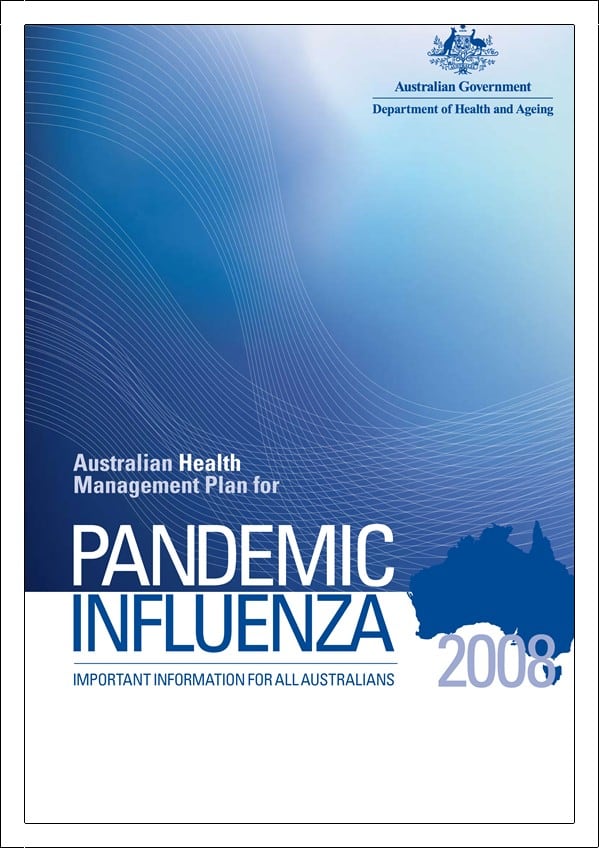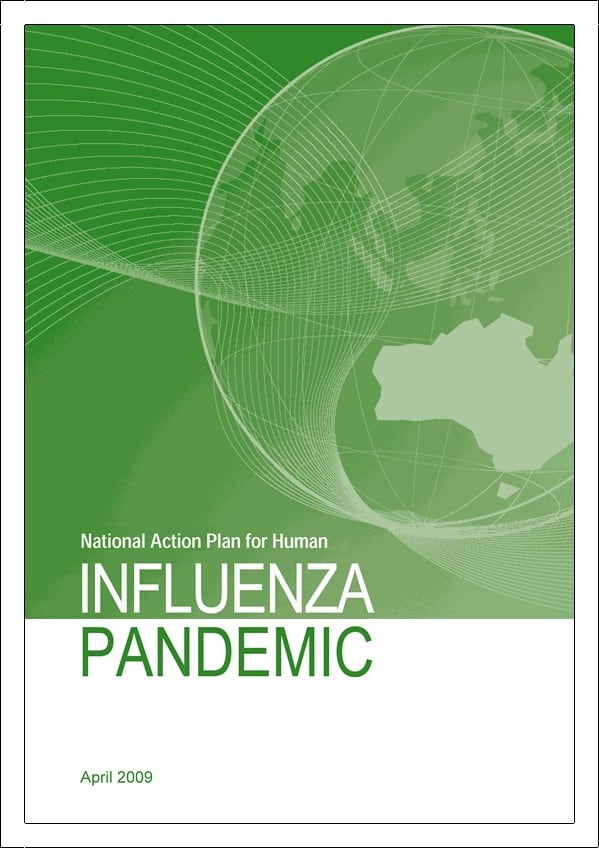Most workers meet OHS training through short courses, perhaps even inductions. Few have the time, the desire of the finances to pursue a tertiary qualification.
Australia has recently achieved a uniformity in its “card system” of OHS training for construction workers. The card concept originated from the Safety Passport used in some European industries and is intended to provide a common set of OHS skills to workers so as to reduce on-site induction time and costs. It is a worthy initiative and has improved safety awareness on work sites however any training program needs to include self-improvement.
(A national OHS induction system should be part of the Australian Government’s response to the recommendations of the model OHS law review panel.)
Current training seems to have reached the point where too much is trying to be done in too little time. Blue Card training can be undertaken in 6 hours and covers over 50 workplace issues!! Yes the training is only for “safety awareness” but 50 issues in around 5 hours is absurd unless the training runs something like
- Smoking in the Workplace – DON’T DO IT
- Job Safety Analysis – GOT TO HAVE ONE
- Fatigue Management – GO TO BED EARLY
- Alcohol and Drug – MAKE SURE THE EFFECTS ARE GONE BY MONDAY MORNING
- PPE – WEAR WHATEVER THEY GIVE YOU
One would have to ask if this training is really worth it. The main reason the training is offered at all is that it is a mandatory requirement for many worksites and the construction industry. But what good is having a Blue Card if the training is too simple, too generic?
A universal/national level of safety awareness or induction would be ideal but the current system and its implementation leaves a lot to be desired. Let’s hope that reform of this process is on the agenda of the new Safe Work Australia organisation.
Below are the components of a Blue Card safety awareness training program currently offered in Australia:
Module 1: OSH – The Law, Your Employer and You
- legislation, regulations, codes of practice, guidelines and standards
- right to refuse work
- responsibility for regulation by WorkSafe
- general duties of care – public safety, employee, employer, manufacturers and suppliers
- safety and health representatives and safety and health committees
- resolution of safety and health issues
- workplace policies and procedures
- reporting of serious occurrences, injuries and hazards
- workers’ compensation
Module 2: Managing Risks in the Workplace
- understanding the meaning of hazard and risk
- risk assessment/management
- control methods for managing risks
- job safety analysis worksheets
- five steps to complete a JSA
- emergency procedures and response plans
- emergency situations
- emergency response training
Module 3: Staying Safe in the Building and Construction Industry
- employee responsibility
- effects of shift work
- how to manage the effects of shift work
- fatigue
- your personal alertness
- diabetes
- obesity
- depression
- safety management systems
- benefits of a safety management system
- examples of safety rules – equipment and tool safety
- performing high risk work
- housekeeping
- personal protective equipment
- prevention of skin cancer, eye damage and mosquito born viruses
- safe manual handling
- alcohol and other drugs at the workplace
- smoking
- alarm systems and emergency exits/escape routes
- responding to emergencies
- fire equipment
- first aid
Module 4: Environment and Other Considerations
- the working environment and weather conditions
- heat stress
- hypothermia
- safety signage
- tag and lock out isolation procedures
- environmental issues and responsibilities
- vegetation
- native fauna
- water pollution
- atmospheric pollution
- entry into confined spaces
- working at heights
- safety rules for working on ladders
- electrical safety
- hazardous substances


 The trap for producing localised guides is that recommendations may be made that are out-of-place, difficult to implement and, ultimately, question the credibility of the document. WorkSafe fell for this trap by specifying some recommendations for the legitimate control measure of “social distancing”.
The trap for producing localised guides is that recommendations may be made that are out-of-place, difficult to implement and, ultimately, question the credibility of the document. WorkSafe fell for this trap by specifying some recommendations for the legitimate control measure of “social distancing”. The guide does recommend social distancing as part of a risk management process but “prohibiting handshaking, kissing and other physical contact in the workplace”? “Discontinuing … informal spontaneous congregations”?
The guide does recommend social distancing as part of a risk management process but “prohibiting handshaking, kissing and other physical contact in the workplace”? “Discontinuing … informal spontaneous congregations”? Recently I wrote an article for
Recently I wrote an article for 